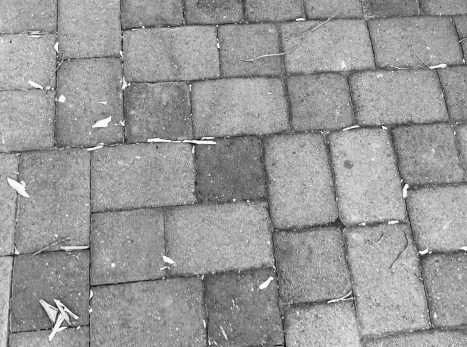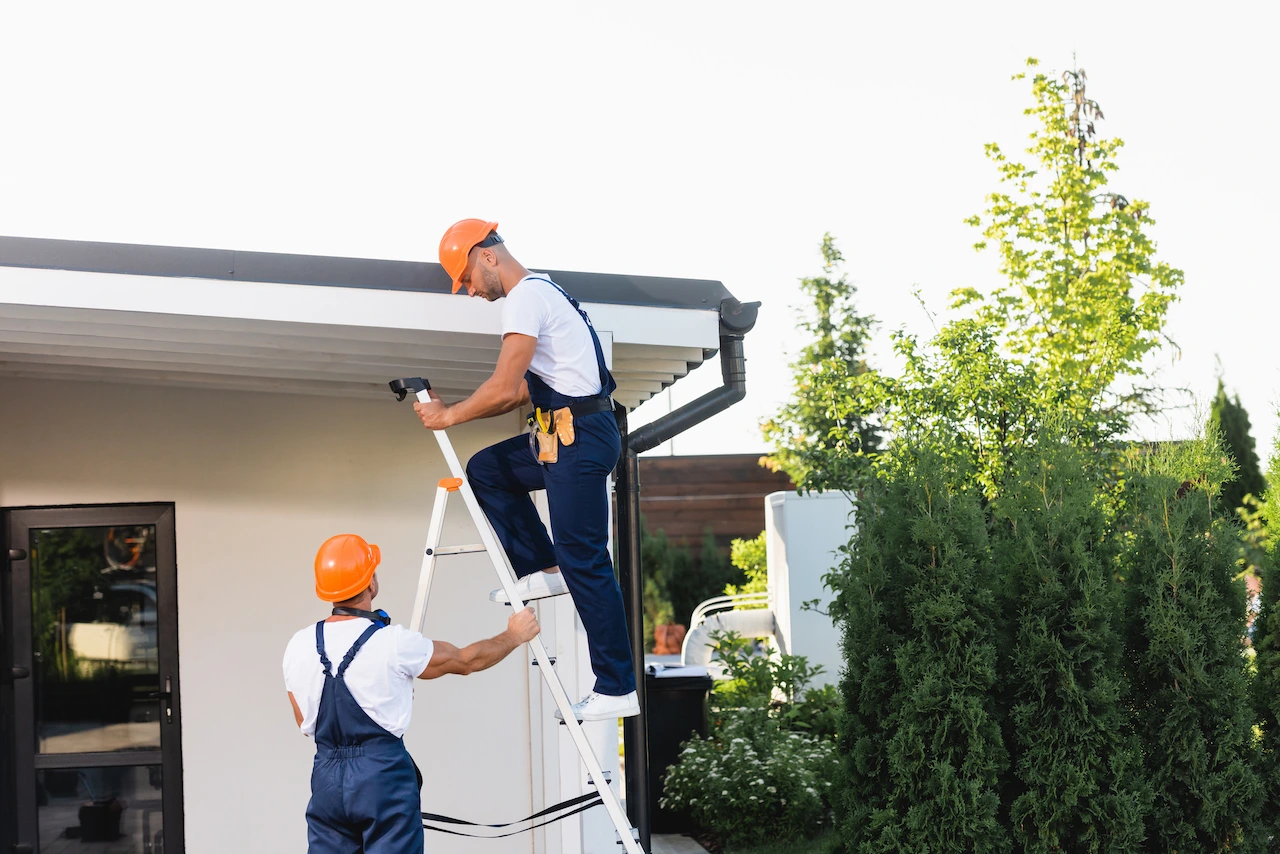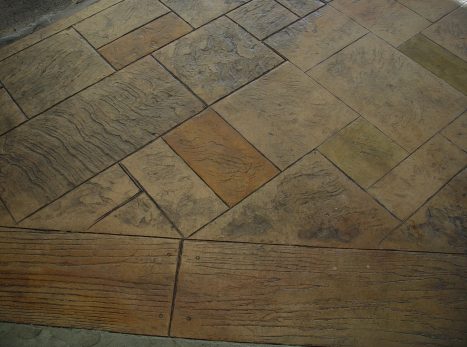Our designers, builders, and landscape architects often differentiate between the two terms extensively used during custom concrete design in Los Angles. They are walkways and pathways. Walkways are effectively floored surfaces meant for facilitating practical foot traffic. They are mostly straight routes, normally made from hard paving materials. Whereas a pathway can be considered to be a more recreational feature of a landscape, a serpentine route is predominantly made from informal and rustic materials. Pathways are ideal for more realistic settings, like gardens, where they allow you to enjoy landscape features at leisure. On the contrary, walkways are aimed at being all business intended to shift people from one point to another with a minimum effort.
Differences in Concept
The kind of materials we apply to build pathways are ideally different from those used to construct stamped concrete walkways. Natural materials like loose gravel or mulch are typical preferences in pathways. But walkways are mostly developed from stable hardscape materials, like poured concrete, huge slabs of mortared stone, or pavers.
Despite poured concrete being the material of choice for walkways, pavers make for a much better walkway surface. Made from tumbled concrete blocks, we have established that pavers appear more real compared to poured concrete and are available with us in multiple earth tones for better integration into the landscape. Moreover, they are resistant to cracking that can be overspread in solid concrete walkways. Once a paver is damaged, it’ll be convenient to remove and replace it.
The ultimate foundational difference between walkways and pathways is their breadth. Walkways are normally four to six feet broad to let pedestrians pass by each other, while pathways are mostly two to three feet broad as they are used less often and by fewer people.
Design Considerations for Walkways and Pathways
We endeavor to maintain consistency in the stamped concrete designs of walkways. When your home is formal, symmetric lines may be suitable. Else, if you own a country-style home, consider utilizing large flagstones for a more realistic appearance. We suggest homeowners consider such details as weather conditions and potential uses for the walkway or path while discussing a project with their landscaper, as this may help to conclude what design principles are the most appropriate for their space.
Planning Considerations
We consider several parameters while choosing materials for a walkway or pathway. They are as follows-
Budget.
The most crucial factor is the budget that a homeowner has set aside for the project. We remember this while choosing materials for a walkway or pathway, as cost determines the availability of the materials for use.
Shade.
The amount of shade available is another decisive factor when choosing the materials for applying in walkways and pathways. Moss and mold will pile up on stone and concrete, leading to a slippery and unsafe condition. Apply trail mix as it’s a natural mixture of aggregates for pathways in shady areas. For walkways in shade, apply pavers instead of poured concrete.
Home construction.
We thoroughly check the house’s colors and siding. While we develop a walkway, we choose a color to complement existing structures but doesn’t precisely match them. When your home has a brick exterior, we suggest one tint found in the brick walls be included in the walkway. So, earth tones have gained prominence as they usually complement conventional building materials. For pathways, this isn’t very challenging as you’re mostly positioning the pathway in a very natural setting between trees or a garden. Gravel, shredded wood, and other natural materials often work perfectly in these situations.
Inference
Any independent concrete contractor in Los Angeles as well as our company will ensure that pathways and walkways create an attachment to the home by effectively making unusable places usable. By providing practical living values, these features can also enhance their real estate values. If done accurately, a quality pathway or walkway project developed with good materials is an outstanding investment. On the contrary, an improperly planned or executed walkway could minimize the value of your property. Our landscape designer can advise you whether the project is worth the potential cost.



